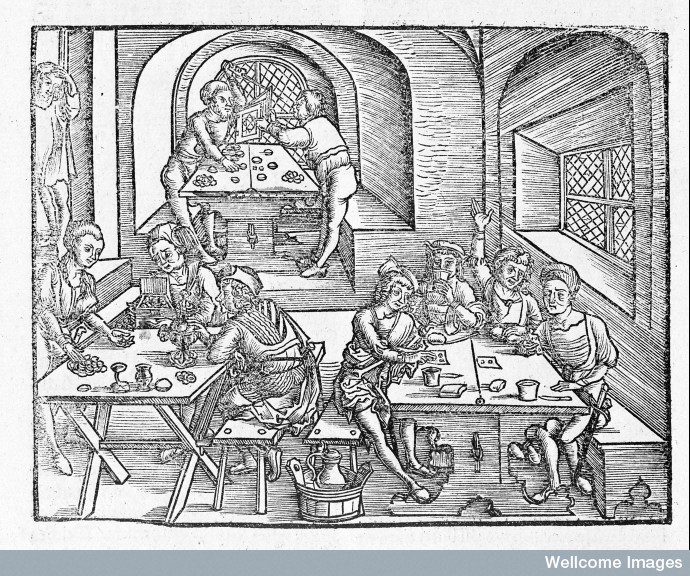Jan Jerzy Blonski, European University Institute
The main purpose of my presentation is to establish the material side of a tavern – how the buildings look like, how the space was organized, and what was their condition. I would like to contrast and juxtapose the image and the function of taverns derived from the accounts that various travellers wrote during or after their visits with locally produced sources – economic instructions, contracts, and inventories. Each type of source has its methodological limitations, tropes, and its own language, but the literary convention does not fully explain why taverns in Eastern Europe were regarded as much worse than in the Western parts of the continent. Simple, raw, poorly equipped, and heated buildings, often neglected by both a tavernkeeper, an estate holder, and the nobleman, in the need of repair, full of worms and bugs. In that matter, they just resembled regular rural architecture and should be considered mainly as a part of it. Nevertheless, it seems that they met the needs of a local community – the most important for them was a place to meet and spend time together, the public space, the availability of alcohol and sometimes other products, not luxuries they did not know anyways.
Jan Blonski is a PhD researcher at the European University Institute. Currently, he investigates the economic, social, and cultural functions of early modern taverns. Blonski is interested in the popular culture and social changes of the early modern period as well as the methodology of history (historical anthropology, microhistory). His book about the traditions of miraculous defenses of cities in the south-eastern Polish-Lithuanian Commonwealth during the Khmelnytskyi uprising was published in 2022.
